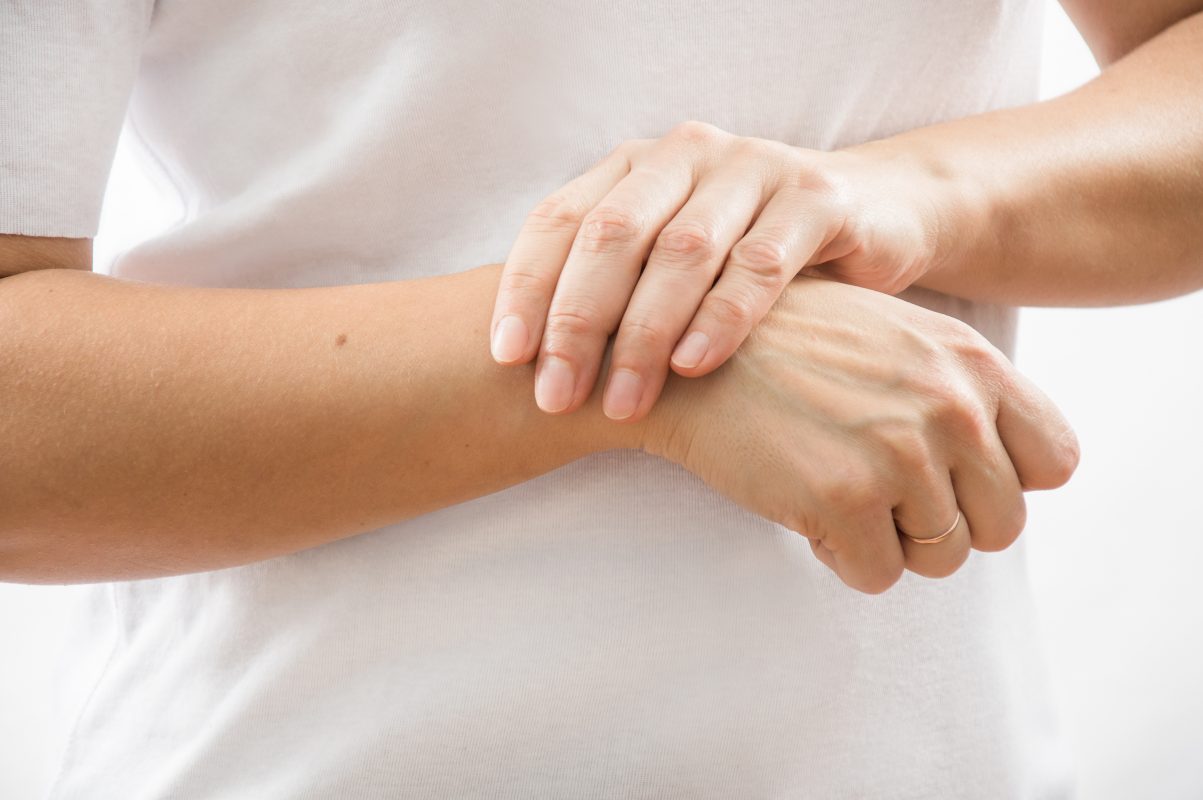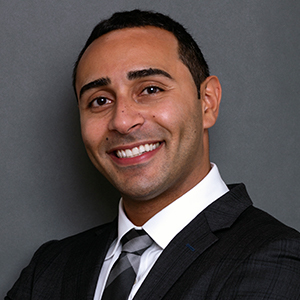What is Tendinitis?
Are you asking “what is tendinitis?” Tendinitis is an inflammation of a tendon, most likely caused by repeated movements of your body, but it can also be a result of infection or rheumatic disease. A tendon is a tissue that attaches a muscle to the bone. The tendons and muscles work together to create a pulling force that moves your bones.
Tendinitis Locations
Tendinitis can cause tenderness and pain in your elbow, wrist, finger, knee, thigh, and other places in your body.

What is Tendinitis? Types
- Pаtеllаr tendinitis: This injury involves the patellar tendon that attaches your kneecap to your tibia (shin bone). The inflammation usually is the result of overuse from running, walking, kicking or jumping.
- Achilles tendinitis: This tendon joins the calf muscle to your heel. Tenderness and pain can be the result of poorly fitting shoes or caused by rheumatoid arthritis.
- Supraspinatus tendinitis: The tendon at the top of the shoulder becomes inflamed and can restrict movement, especially upwards. This can lead to rotator cuff syndrome if other tendons in the shoulder are also inflamed.
- Tennis or Golfer’s elbow: Medically known as epicondylitis, the inflammation occurs on either side of the elbow. The pain can shoot from the elbow to the wrist.
- Trigger Finger or thumb: Your finger or thumb makes a clicking sound when straightened or is stationary in a bent position. The tissues are enlarged and do not allow the tendon to move smoothly.
- Tendinitis of the wrist: Badminton players and people who perform a repeated movements of the wrist for work (typing on a keyboard or using a mouse) develop inflammation in the tissue which causes pain.
What is Tendinitis? Symptoms
The area of your body is tender or painful, especially when you move that area. You may have swelling, warmth, and your skin can be red and inflamed. When your joint is moved, it is not a smooth movement, and you may have the feeling of something grating in the joint. In more severe cases, a lump may occur along your tendon. Sometimes there is a tear in the tendon making movement extremely difficult.
What is Tendinitis? Causes
Usually, tendinitis is caused by repeated movements that irritate and inflame your tendon. It may also be as a result of an injury in which you have suffered a trauma, such as in a car accident or fall. The movement may be as a result of your job requirements or for certain sports that you participate in. However, people with a chronic illness such as diabetes and rheumatoid arthritis may also develop tendinitis. As you get older, your tendons are not as supple and flexible, and are also more prone to injury.
What is Tendinitis? Types of Medical Assistance
A rheumatologist doctor will diagnose and treat individuals for any condition relating to joints, muscles, bones, tendons, and other tissue in the area. They treat physical injuries as well as various types of arthritis, lupus and fibromyalgia.
An orthopedic surgeon doctor performs surgery to repair injuries and alleviate diseases of the bones, joints, ligaments, tendons, muscles and nerves. Often the surgeon will specialize in different parts of the body such a knees, hips, shoulders or digits.
An osteopathic doctor specializes in the musculoskeletal system, including nerves, muscles and bone.
A physical therapist treats people who suffer from pain from a variety of reasons or who are recovering from surgery. They use massage, stretching, heat, ice, ultrasound, and specific exercises to reduce the pain and increase your ability to move.
A pain specialist or pain doctor uses oral medications and injections to treat pain from surgery, injury, nerve damage and many other diseases.
Home Remedies
You may consider refraining from the movement that caused the initial injury and inflammation, ice the area, elevate the limb, and take over the counter pain and anti-inflammatory medications. Braces for knees, wrists, and elbows are often useful in reducing the pain or protecting the area from more damage. Compression bandages can be very soothing as well. If the problem does not subside within a week, it is time for you to seek medical assistance from a pain doctor in New York or a pain doctor in New Jersey. You want to take care of your health concern, whether it affects your wrist, shoulder, knee or any other area of your body before the injury becomes chronic and more difficult to treat.
Medical Treatment
At the Pain Treatment Clinic, world-class physicians will diagnose your issue from many perspectives. First, they will gather a history of your lifestyle, examine a record of your medications and then carefully examine the area of your pain. The pain doctor in NY and the Pain doctor in NJ will select non-invasive treatment options first to alleviate your suffering. Only if these methods are unsuccessful, will they resort to surgical procedures.
Physical Therapy
Your physical therapist will first assess the range of movement and type of pain or tenderness that you are experiencing. Then she or he will provide you with some exercises to strengthen your muscles and improve flexibility in the area. Over time your tendinitis pain will usually subside. You can prevent further injuries by continuing the exercises that were part of your therapy to continue to build muscle tone and flexibility in the area of injury. A brace for your injured area can provide protection from further damage.
Injections and Non-surgical Treatments
Three types of injections that can help you with tendinitis: corticosteroids, lubricants, and PRP (platelet-rich plasma). Your experienced pain doctor at the Pain Treatment Clinic will analyze the condition of your injury and discuss the best options for your situation.
Corticosteroids: This type of injection is very common for tendinitis. One advantage to the treatment is that your doctor can administer the injection in the office. The medication is applied directly to the inflamed area. Often an anaesthetic medication accompanies the corticosteroid, so that you receive immediate relief from the pain. When the anesthetic wears off you may feel pain until the anti-inflammatory properties of the corticosteroid takes effect. You will need to rest the area for 24 hours. This condition will improve over the next days.
Lubricants: The lubricant that is injected is similar to your body’s own lubricant. It consists of hyaluronic acid. This strategy may be used if the corticosteroid injection is not effective or if you have diabetes this type of injection is preferred as it does not raise blood sugar levels.
Platelet-rich plasma (PRP): Using growth factors from your own blood, your pain doctor will inject plasma to help promote healing of your injury.
Surgery
When your pain from tendinitis persists, despite any of the previous medical treatments, surgery may be an option, especially if your injury interferes with your daily activities. In cases where the tendon has torn or is no longer attached to the bone, the surgeon can repair the damage. This repair will prevent chronic weakness and further damage to the area. Before surgery is considered, non-invasive treatments and injections will be recommended if appropriate.
Your expert pain specialist will discuss these various treatment options with you and explain all procedures in detail.

How Do You Find A Pain Doctor Specialist?
The Pain Treatment Clinics throughout New York, New Jersey, and Florida have many extensively-educated doctors who specialize in the treatment of tendinitis. The intent of the treatment is to provide you with the most non-invasive options first to alleviate your pain.
Key Concepts
- Tendinitis is an inflammation of tendons.
- Tendons join muscles to bones.
- Tendinitis can occur in the fingers, thumbs, wrists, elbows, knees, and thighs.
- The most likely cause is repeated movements due to work demands or sport activities but may also be caused by an underlying chronic health condition.
- Home remedies include rest and elevation for the area, cold packs, compression, and braces.
- If your pain lasts for more than a week despite your care, it is time to seek professional help with a pain doctor.
- Professional medical treatment may consist of physical therapy, medications, injections and lastly, surgery.
- Pain doctors will review your case to determine the least invasive method to help relieve your discomfort.



















